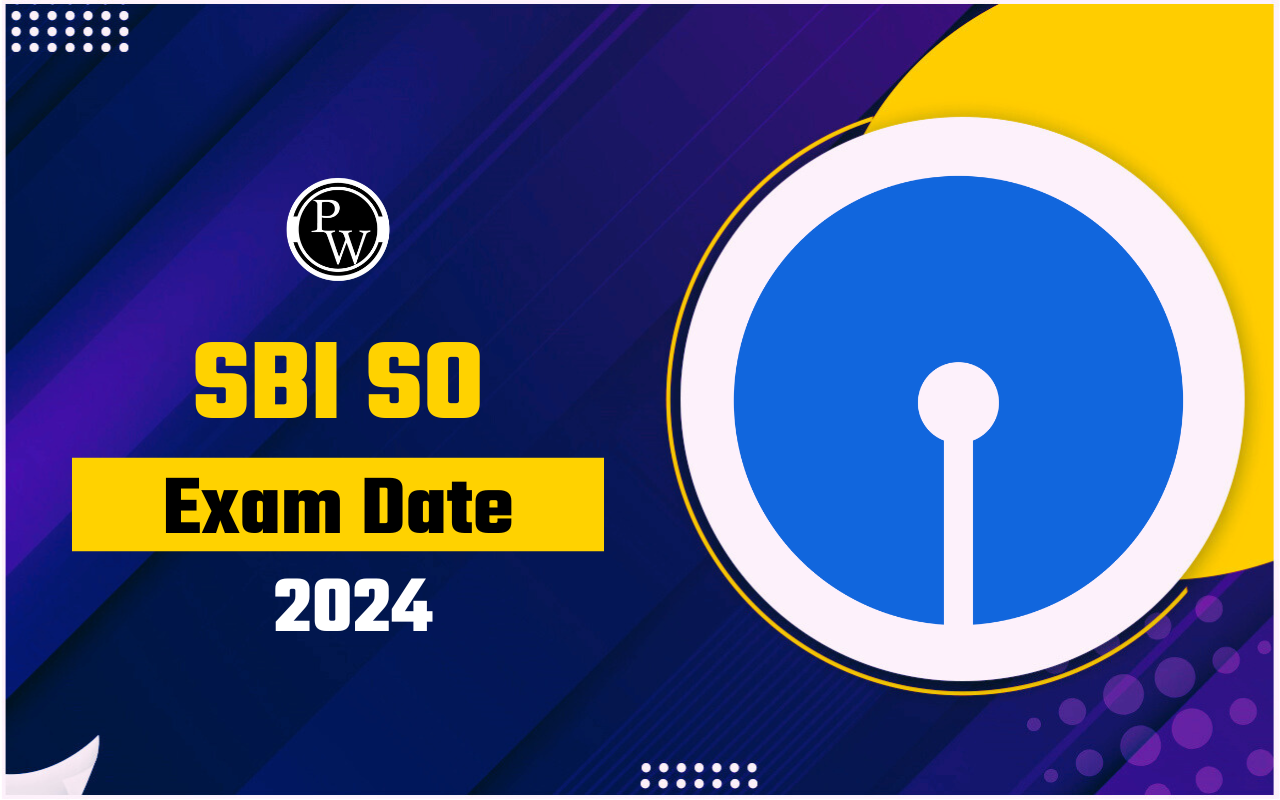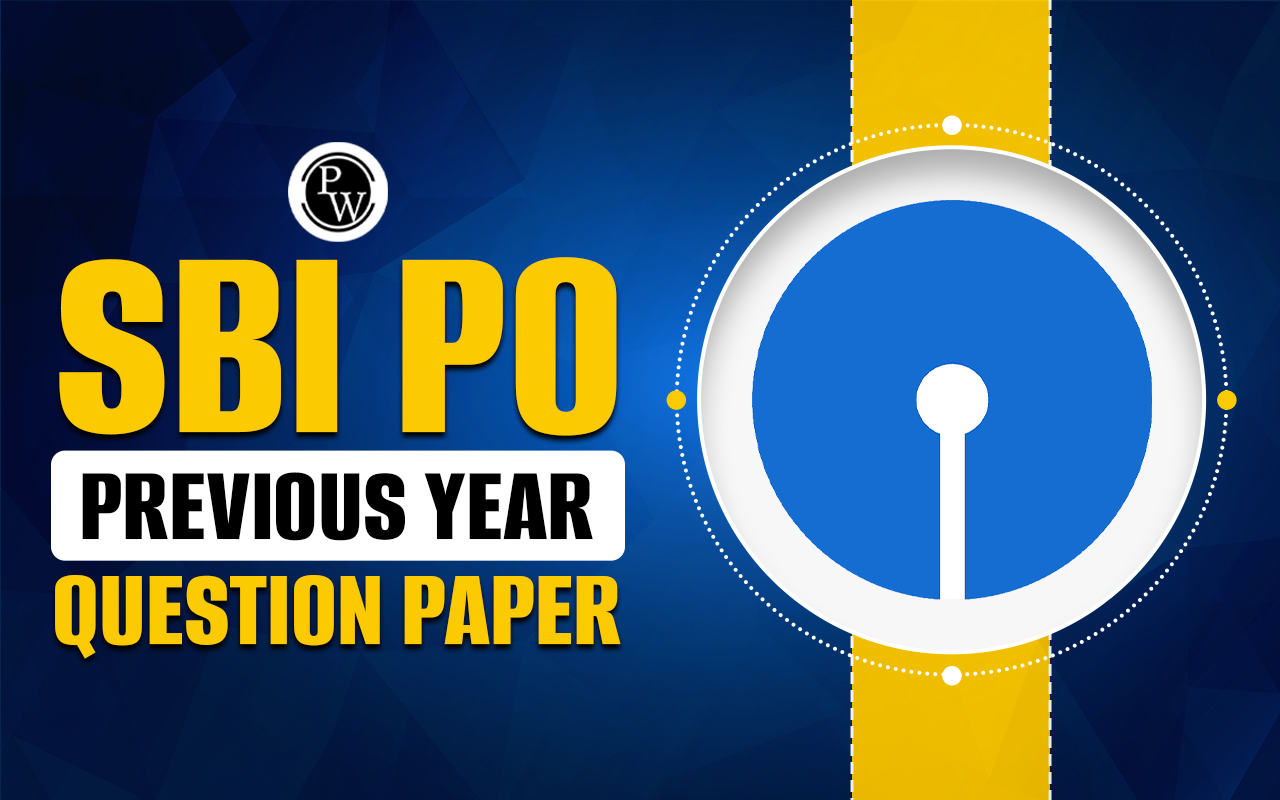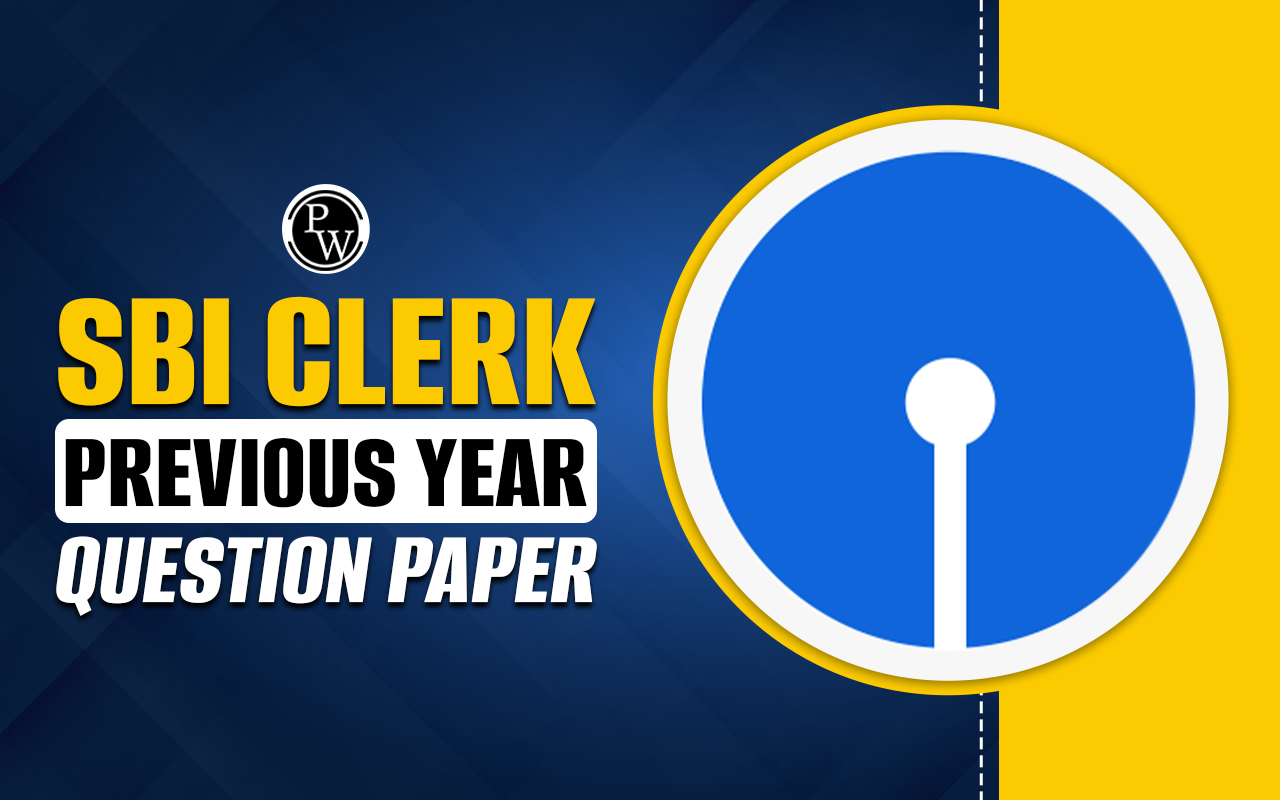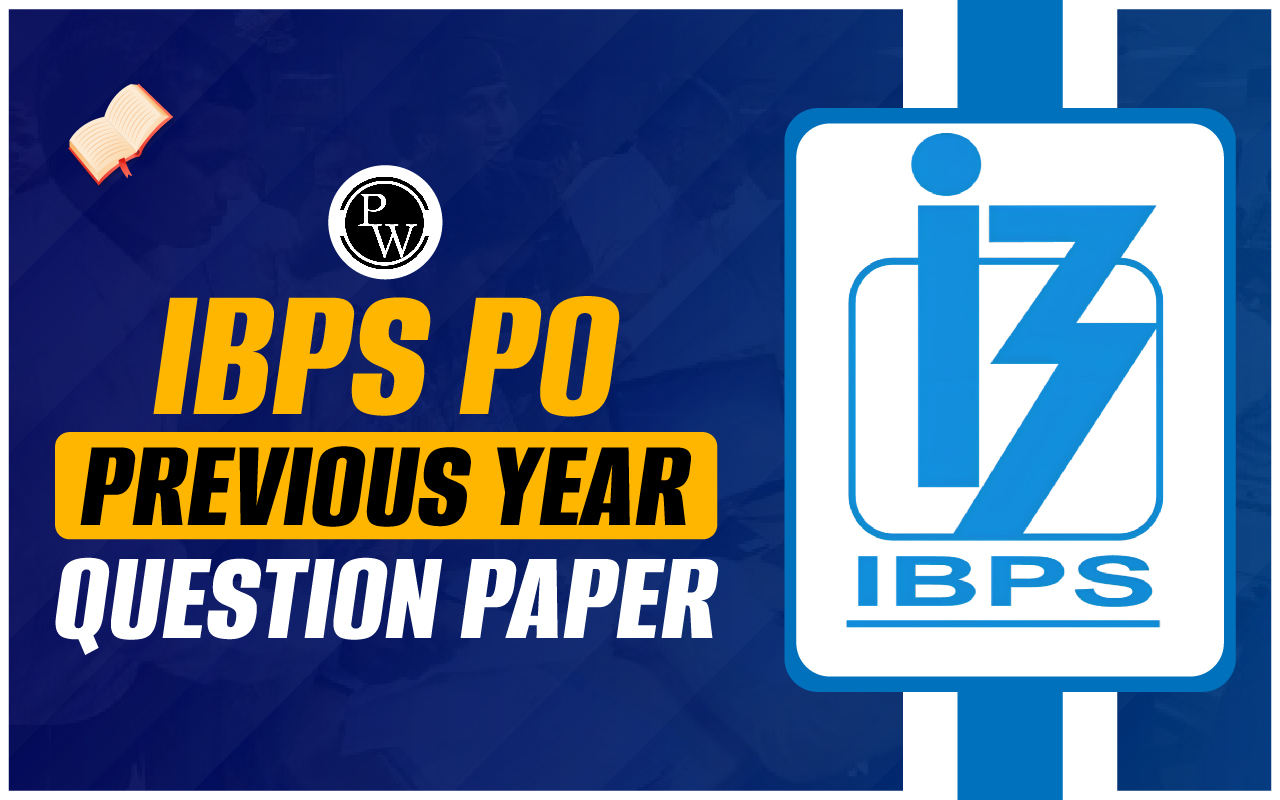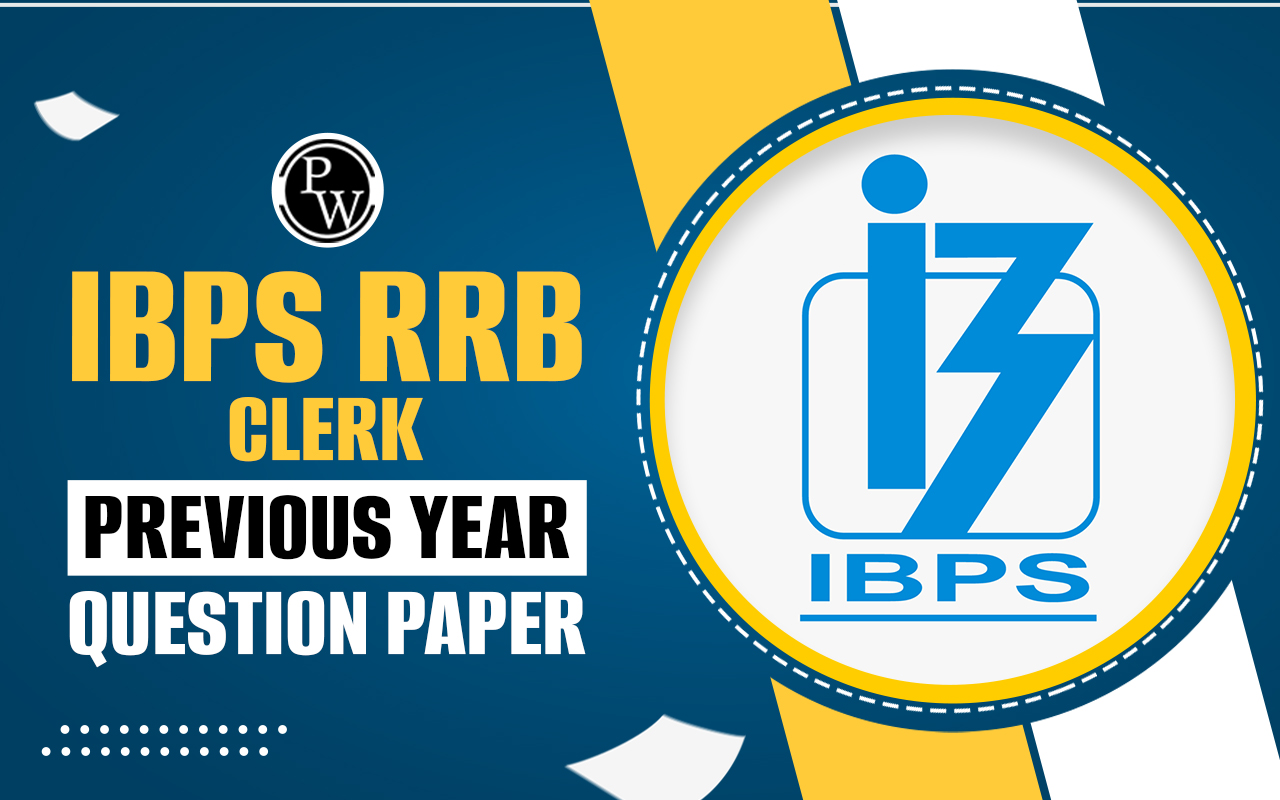
Alphanumeric Series
Alphanumeric series: A sequence that combines letters and numbers in a specific pattern. Arrangement: Can be ascending, descending, alternating, or mixed. Purpose: Tests the ability to recognize and understand patterns or rules in the sequence to predict or identify missing elements.Key Concepts for Alphanumeric Series
Recognize the pattern: Identify how numbers and letters progress. Predict the next element : Use the identified pattern to find what comes next. Understand variations: Patterns can involve different types of progressions (e.g., squares, addition, alphabetical order).Types of Alphanumeric Series
Missing Series- Description: A series with a missing element.
- Task: Identify and fill in the blank space.
- Example: X1, Y2, __, A4 (Answer: Z3)
- Description: A series that includes alphabets, numbers, and symbols (like &, *, $).
- Task: Recognize patterns among all elements.
- Example : 1A&, 2B*, 3C$, __ (Answer: 4D#).
- Description: A series of only English alphabets.
- Task: Identify the pattern in the letters.
- Example: M, N, O, __ (Answer: P).
- Description: A series of only numbers.
- Task: Determine the numeric pattern.
- Example: 5, 10, 20, __ (Answer: 40)
Best Alphanumeric Series Example
1X, 2Y, 3Z, 4A, 5B, ...
- Pattern: Numbers increase by 1, letters follow alphabetical order.
- Next elements: 6C, 7D, 8E, ...
A1, B4, C9, D16, E25, ...
- Pattern: Letters follow alphabetical order, numbers are squares of 1, 2, 3, 4, 5, ...
- Next elements: F36, G49, H64, ...
10K, 8J, 6I, 4H, 2G, ...
- Pattern: Numbers decrease by 2, letters move backwards in alphabetical order.
- Next elements: 0F, -2E, -4D, ...
7, 12, 19, 28, 39, ...
- Pattern: Numbers increase by adding consecutive prime numbers (5, 7, 9, 11, ...).
- Next elements: 52, 67, 84, ...
3B, 6D, 9F, 12H, 15J, ...
- Pattern: Numbers increase by 3, letters skip one letter in alphabetical order.
- Next elements: 18L, 21N, 24P, ...
Tricks to Solve Alphanumeric Series Questions
Identify the Pattern- Look for consistent changes, such as increments or decrements.
- Check for mathematical patterns like squares, cubes, or arithmetic progressions.
- For letters, look for alphabetical order or skipping letters.
- Break the series into smaller parts if necessary.
- Look for repetition or recurring patterns.
- Pay attention to how numbers and letters interact.
- Symbols often follow their own pattern but can affect the overall sequence.
- Familiarize yourself with various series formats.
- Practice with different combinations to improve your pattern recognition skills.
- Check Previous Elements
- Review elements before and after the blank space to determine the missing element.
- Ensure consistency in the identified pattern.
- Rule out options that don’t fit the pattern.
- Narrow down to the most logical answer.
- Verify your solution by fitting it back into the series.
- Ensure it maintains the identified pattern.
- By understanding the different types of alphanumeric series questions and applying these tips, you can effectively solve these types of problems.
Alphanumeric Series Solved Problems
Only Alphabet based: 1.Study the following series carefully and answer the questions accordingly. A B C D E F G H I J K L M N O P Q R S T U V W X Y Z Which letter is Sixth to the Right of the tenth letter from the left end? Solution: In this question, We have Tenth letter from the left = J L (10) + R (6) = L (16) { L = left and R = right } 16th letter to the left = P2. Study the following series carefully and answer the questions accordingly.
A L O W N Z F R C P W O E N V I U L B Q O D N H X Q O V E U Which of the following is 14th to the right of 5th from the left end? Solution: A L O W N Z F R C P W O E N V I U L B Q O D N H X Q O V E U So, 5th from the left end is “N”. Now, 9th to the right of “N” is B.3. Study the following series carefully and answer the questions accordingly.
S K W P C N R I O W N F V L A U P R U T N B K E F W T C Y D O A G If all the consonants are dropped between I and B, then which of the following is 14th from the left end? Solution: S K W P C N R I O W N F V L A U P R U T N B K E F W T C Y D O A G All the consonants between I and B are dropped S K W P C N R I O A U U B K E F W T C Y D O A G So, the 14th letter from the left is K.4. Study the series and answer the question.
K N H J G D R U Y W P L Z Q A B M C T X How many consonants are there in the above arrangement each of which is immediately preceded by a consonant and followed by a vowel? Solution: K N H J G D R U Y W P L Z Q A B M C T X Hence, Option B is the correct answer. Alphabet Numeric symbol Study the following series carefully and answer the questions accordingly. P # K Y J & A 4 E 7 L O B 3 % C * 6 U M 8 X 0 F 2 H How many such consonants are there in the above arrangement each of which is immediately preceded by a symbol and immediately followed by a consonants? Solution: There is one such consonant "#KY" 2. Directions: Analyze the data carefully and answer the questions accordingly. P 5 8 V W L M 4 % H @ © N P 6 R 2 9 W $ G 3 F E 7 # 9 B S 9 A * O C What should come in place of the question mark (?) in the following sequence? 58W, 4%@, P62, ? P 5 8 V W L M 4 % H @ © N P 6 R 2 9 W $ G 3 F E 7 # 9 B S 9 A * O C so D is the correct option 3. Direction : Read the following series carefully and answer the questions based on it. R % U 4 & T 2 ! 3 E I 9 W @ P 6 # Y O 8 D & L Which of the following is third to the left of tenth element from right end? Series given: R % U 4 & T 2 ! 3 E I 9 W @ P 6 # Y O 8 D & L Mains Condition Based Consider the alphanumeric string given below consisting of letters, numbers and symbols and answer the questions that follow based on the given steps: → 1 N 0 Q V 9 ∑ C Y € W H D ≥ π 8 J E 4 7 L X 5 A ¥ R S ≠ 6 B F ≤ 2 P U Step 1: Each such letter that is immediately preceded by a number and immediately succeeded by a letter should be placed to the immediate right of '≥' in alphabetical order from left to right. Step 2: Each such symbol that is immediately preceded and immediately succeeded by letters should be placed to the immediate left of '8' in the new series formed after step 1 (1 st symbol picked from the left should be in extreme right to the immediate left of 8 and so on). Step 3: Each such number that is immediately preceded by a symbol and immediately succeeded by a letter should be placed to the immediate right of 'D' in the new series formed after step 2 in descending order from left to right. Step 3 output is the final output of the given string. If the fifteen elements to the immediate left of Q in the final output are rearranged in reverse order, then which will be the sixteenth element to the right of 'H' after the rearrangement? In Step 1, each such letter that is immediately preceded by a number and immediately succeeded by a letter should be placed to the immediate right of '≥' in alphabetical order from left to right. → 1 N 0 Q V 9 ∑ C Y € W H D ≥ π 8 J E 4 7 L X 5 A ¥ R S ≠ 6 B F ≤ 2 P U So, the string becomes: → 1 N 0 V 9 ∑ C Y € W H D ≥ B J L P Q π 8 E 4 7 X 5 A ¥ R S ≠ 6 F ≤ 2 U In step 2, each such symbol that is immediately preceded and immediately succeeded by letters should be placed to the immediate left of '8' in the new series formed after step 1 (1st symbol picked from the left should be in extreme right to the immediate left of 8 and so on). → 1 N 0 V 9 ∑ C Y € W H D ≥ B J L P Q π 8 E 4 7 X 5 A ¥ R S ≠ 6 F ≤ 2 U So, the string becomes: → 1 N 0 V 9 ∑ C Y W H D B J L P Q π ¥ ≥ € 8 E 4 7 X 5 A R S ≠ 6 F ≤ 2 U In step 3, each such number that is immediately preceded by a symbol and immediately succeeded by a letter should be placed to the immediate right of 'D' in the new series formed after step 2 in descending order from left to right. → 1 N 0 V 9 ∑ C Y W H D B J L P Q π ¥ ≥ € 8 E 4 7 X 5 A R S ≠ 6 F ≤ 2 U So, the string becomes: → N 0 V 9 ∑ C Y W H D 8 6 2 1 B J L P Q π ¥ ≥ € E 4 7 X 5 A R S ≠ F ≤ U The above is the final output of the string. Final output: → N 0 V 9 ∑ C Y W H D 8 6 2 1 B J L P Q π ¥ ≥ € E 4 7 X 5 A R S ≠ F ≤ U After Rearrangement: → N 0 V P L J B 1 2 6 8 D H W Y C ∑ 9 Q π ¥ ≥ € E 4 7 X 5 A R S ≠ F ≤ U A is the sixteenth element to the right of 'H'. 2.Consider the alphanumeric string given below consisting of letters, numbers and symbols and answer the questions that follow based on the given steps: H ¥ O L 1 D → ≠ N 2 E A Ω 5 C € F S π 7 T P Z ≤ K 8 Y ≤ 9 Q U ≥ 4 B 6 3 Step 1: Each such letter that is immediately preceded by a number and immediately succeeded by a letter should be placed to the immediate right of '≤ ' in alphabetical order. [ Note: Consider the symbol ' ≤ ' which comes first when counted from the left] Step 2: Each such symbol that is immediately preceded and immediately succeeded by letters should be placed to the immediate left of '2' in the new series formed after step 1 (1st symbol picked from the left should be in extreme right and so on). Step 3: Each such number that is immediately preceded by a symbol and immediately succeeded by a letter should be placed to the immediate right of '6' in the new series formed after step 2 in descending order. Step 4: Each such symbol that is immediately preceded by a letter and immediately succeeded by a symbol should be placed to the immediate right of '5' in the new series formed after step 3 (1st symbol picked from the left should be in extreme left and so on). Step 4 is the final output of the given string. If all the numbers are arranged in ascending order within the same position in the final output, then which of the following element is twentieth to the left of '6' after the rearrangement? Solution: In Step 1, Each such letter that is immediately preceded by a number and immediately succeeded by a letter are: H ¥ O L 1 D → ≠ N 2 E A Ω 5 C € F S π 7 T P Z ≤ K 8 Y ≤ 9 Q U ≥ 4 B 6 3 E, T, Q should be placed to the immediate right of '≤ ' in alphabetical order. H ¥ O L 1 D → ≠ N 2 A Ω 5 C € F S π 7 P Z ≤ E Q T K 8 Y ≤ 9 U ≥ 4 B 6 3 In Step 2, Each such symbol that is immediately preceded and immediately succeeded by letters are: H ¥ O L 1 D → ≠ N 2 A Ω 5 C € F S π 7 P Z ≤ E Q T K 8 Y ≤ 9 U ≥ 4 B 6 3 ¥, €, ≤ should be placed to the immediate left of '2' (1st symbol picked from the left should be in extreme right and so on). H O L 1 D → ≠ N ≤ € ¥ 2 A Ω 5 C F S π 7 P Z E Q T K 8 Y ≤ 9 U ≥ 4 B 6 3 In Step 3, Each such number that is immediately preceded by a symbol and immediately succeeded by a letter are: H O L 1 D → ≠ N ≤ € ¥ 2 A Ω 5 C F S π 7 P Z E Q T K 8 Y ≤ 9 U ≥ 4 B 6 3 2, 5, 7, 9, 4 should be placed to the immediate right of '6' in the new series formed after step 2 in descending order. H O L 1 D → ≠ N ≤ € ¥ A Ω C F S π P Z E Q T K 8 Y ≤ U ≥ B 6 9 7 5 4 2 3 In step 4, Each such symbol that is immediately preceded by a letter and immediately succeeded by a symbol are: H O L 1 D → ≠ N ≤ € ¥ A Ω C F S π P Z E Q T K 8 Y ≤ U ≥ B 6 9 7 5 4 2 3 →, ≤ should be placed to the immediate right of '5' in the new series formed after step 3 (1st symbol picked from the left should be in extreme left and so on H O L 1 D ≠ N € ¥ A Ω C F S π P Z E Q T K 8 Y ≤ U ≥ B 6 9 7 5 → ≤ 4 2 3 H O L 1 D ≠ N € ¥ A Ω C F S π P Z E Q T K 8 Y ≤ U ≥ B 6 9 7 5 → ≤ 4 2 3 After the rearrangement, H O L 1 D ≠ N € ¥ A Ω C F S π P Z E Q T K 2 Y ≤ U ≥ B 3 4 5 6 → ≤ 7 8 9 Ω is the 20th element to the left of '6' after the rearrangement. Alphabet Based Directions: Study the following data carefully and answer the questions accordingly. Given below is a word and two conditions. According to conditions you will get two alphabets from the word. How many letters of the English alphabet are between these two letters. BANKINGWALLAH Condition 1 : third vowel from left end Condition 2 : fifth consonant from right end. Solution: Condition 1 : third vowel from left end - A Condition 2 : fifth consonant from right end - G five letters lie between A and G 2. Directions: Study the following data carefully and answer the questions accordingly. Given below is a word and two conditions. According to conditions you will get two alphabets from the word. How many letters of the English alphabet are between these two letters. PROBATIONARY Condition 1 : third vowel from left end Condition 2 : fourth consonant from right end. Solution: Condition 1 : third vowel from left end - I Condition 2 : fourth consonant from right end - T Ten letters are lie between I and T Mains New Type questions Following questions are based on the five given groups, each consisting of a letter word preceded by a four-digit number. 2125 GAME, 5176 FAST, 2575 LAMP, 2538 MAKE, 4356 LOVE If all letters within the same word are arranged in alphabetical order and thus newly formed words are arranged in dictionary order from left to right, then how many letters are there in the alphabet between the third letter of the second word and the second letter of the fourth word (as per ascending order)? Solution: GAME, FAST, LAMP, MAKE, LOVE After rearranging letters of words in alphabetical order, AEGM, AFST, ALMP, AEKM, ELOV Then in dictionary order, AEGM, AEKM, AFST, ALMP, ELOV 2nd word in the list= AEKM 3rd letter from left of the word AEKM = K 4th word in the list = ALMP 2nd from the left of the word ALMP= L Hence, No letters are between ‘K’ and ‘L’. Hence, the correct answer is option E.Alphanumeric Series Practice Questions
Alphabet-Number-Symbol 1. Study the following series carefully and answer the questions accordingly. F 6 & 5 A R E 1 # @ 4 Q I T % 7 3 K U * 0 N X 9 M ! C $ P O 8 J Four of the following are alike in a certain way, so form a group. Find the odd one out, the one which does not belong to that group. 2. Study the following series carefully and answer the questions accordingly. F 6 & 5 A R E 1 # @ 4 Q I T % 7 3 K U * 0 N X 9 M ! C $ P O 8 J How many symbols are there in the arrangement, which are immediately followed by a number and immediately preceded by a letter? 3. Study the following series carefully and answer the questions accordingly. F 6 & 5 A R E 1 # @ 4 Q I T % 7 3 K U * 0 N X 9 M ! C $ P O 8 J If all the symbols are eliminated from the series, which letter/number will be 6th to the left of the 17th letter/number from the left end? 4. Study the following series carefully and answer the questions accordingly. F 6 & 5 A R E 1 # @ 4 Q I T % 7 3 K U * 0 N X 9 M ! C $ P O 8 J The following series follow a certain pattern. What will come in question marks (?) in the series: JOF PC& !9A X0E ? 5.Study the following series carefully and answer the questions accordingly. F 6 & 5 A R E 1 # @ 4 Q I T % 7 3 K U * 0 N X 9 M ! C $ P O 8 J Which of the following is 4th to right of 12th from the right end of the arrangement? 3-4 Letters Word 1. Study the following series carefully and answer the questions accordingly. FEE COW TAP WET LIE If D is added at the end of each word then how many meaningful words are formed? 2.Study the following series carefully and answer the questions accordingly. FEE COW TAP WET LIE If all the consonants are changed to the previous letter and all the vowels are changed to the next letter as per the English alphabet then how many words will have only one vowel ? Condition Based 1. Study the following series carefully and answer the questions accordingly. 7 3 5 2 4 9 1 7 6 3 2 5 7 2 9 5 1 2 3 7 4 8 1 6 Step 1: If the odd number is followed by an even number then it is interchanged with that an even number. Step 2: All even numbers are written between 11th number and 12th number from the left end, arranged in ascending order. Step 3: First 11 numbers of the series arranged in ascending order and second half of the remaining same. What is the difference between 11th from the left end and 9th from the right end in step 3? 2. Study the following series carefully and answer the questions accordingly. 7 3 5 2 4 9 1 7 6 3 2 5 7 2 9 5 1 2 3 7 4 8 1 6 Step 1: If the odd number is followed by an even number then it is interchanged with that an even number. Step 2: All even numbers are written between 11th number and 12th number from the left end, arranged in ascending order. Step 3: First 11 numbers of the series arranged in ascending order and second half of the remaining same. What is the product of the 8th number from the left end in step 2 and the 11th number from the right end in step 3? 3. Study the following series carefully and answer the questions accordingly. 7 3 5 2 4 9 1 7 6 3 2 5 7 2 9 5 1 2 3 7 4 8 1 6 Step 1: If the odd number is followed by an even number then it is interchanged with that an even number. Step 2: All even numbers are written between 11th number and 12th number from the left end, arranged in ascending order. Step 3: First 11 numbers of the series arranged in ascending order and second half of the remaining same. What is the sum of the even numbers which are immediately preceded and followed by odd numbers in step 1 and 14th, 11th and 3rd from the right end in step 2?| Related Links | |
|---|---|
| Quadratic Equations | Number System |
| Vedic Maths | Pie Chart DI |
| Time and Work | Problem on Ages |
| Flow Chart DI | |
| Arithmetic DI | Permutation and Combination |
| Ratio and Proportion | |
Alphanumeric Series FAQs
Q1. What is an alphanumeric series?
Ans. An alphanumeric series is a sequence that combines letters and numbers in a specific pattern. These series can be arranged in ascending, descending, alternating, or mixed orders and are used to test pattern recognition and predictive skills. How do I identify the pattern in an alphanumeric series? To identify the pattern, look for consistent changes such as increments or decrements in numbers, alphabetical order, or skips in letters. Mathematical patterns like squares, cubes, or arithmetic progressions may also be used.
Q2. What are some common types of alphanumeric series patterns?
Ans. Common patterns include: Numbers increasing or decreasing by a constant value. Letters following alphabetical order. Combinations where numbers and letters follow specific progressions. Numbers that are squares, cubes, or other mathematical functions. How can I predict the next element in an alphanumeric series? To predict the next element, first identify the pattern in the given series. Apply the same pattern to the last element to determine the next one. For example, if numbers increase by 2 and letters follow alphabetical order, continue this pattern.
Q3. What should I do if an alphanumeric series includes symbols?
Ans. When symbols are included, recognize that they often follow their own pattern, separate from the letters and numbers. Identify the pattern among the symbols and then integrate it with the alphanumeric progression.
Q4. Can alphanumeric series have mixed patterns?
Ans. Yes, alphanumeric series can have mixed patterns where numbers, letters, and symbols follow different but interconnected progressions. For instance, numbers may increase arithmetically while letters skip every second letter in the alphabet.
Q5. What strategies can I use to solve missing series questions?
Ans. For missing series questions, analyze the elements before and after the blank space to determine the missing element. Break down the series into smaller parts if needed and ensure consistency with the identified pattern.
Q6. How do I approach only alphabetic or only numerical series?
Ans. For only alphabetic series, focus on the progression of letters, whether they follow alphabetical order, skip letters, or follow another pattern. For numerical series, identify mathematical patterns such as arithmetic or geometric progressions, squares, or cubes.
Q7. What are some tips for practicing alphanumeric series questions?
Ans. To practice: Familiarize yourself with various series formats. Practice with different combinations of numbers, letters, and symbols. Solve a variety of examples to improve pattern recognition skills. Use elimination methods to narrow down options and verify your answers by checking for consistency.
Q8. How can I double-check my answer in an alphanumeric series problem?
Ans. To double-check your answer, fit it back into the series and ensure it maintains the identified pattern. Review the series before and after the blank space to confirm the consistency and accuracy of your solution.
Talk to a counsellorHave doubts? Our support team will be happy to assist you!

Free Learning Resources
PW Books
Notes (Class 10-12)
PW Study Materials
Notes (Class 6-9)
Ncert Solutions
Govt Exams
Class 6th to 12th Online Courses
Govt Job Exams Courses
UPSC Coaching
Defence Exam Coaching
Gate Exam Coaching
Other Exams
Know about Physics Wallah
Physics Wallah is an Indian edtech platform that provides accessible & comprehensive learning experiences to students from Class 6th to postgraduate level. We also provide extensive NCERT solutions, sample paper, NEET, JEE Mains, BITSAT previous year papers & more such resources to students. Physics Wallah also caters to over 3.5 million registered students and over 78 lakh+ Youtube subscribers with 4.8 rating on its app.
We Stand Out because
We provide students with intensive courses with India’s qualified & experienced faculties & mentors. PW strives to make the learning experience comprehensive and accessible for students of all sections of society. We believe in empowering every single student who couldn't dream of a good career in engineering and medical field earlier.
Our Key Focus Areas
Physics Wallah's main focus is to make the learning experience as economical as possible for all students. With our affordable courses like Lakshya, Udaan and Arjuna and many others, we have been able to provide a platform for lakhs of aspirants. From providing Chemistry, Maths, Physics formula to giving e-books of eminent authors like RD Sharma, RS Aggarwal and Lakhmir Singh, PW focuses on every single student's need for preparation.
What Makes Us Different
Physics Wallah strives to develop a comprehensive pedagogical structure for students, where they get a state-of-the-art learning experience with study material and resources. Apart from catering students preparing for JEE Mains and NEET, PW also provides study material for each state board like Uttar Pradesh, Bihar, and others
Copyright © 2025 Physicswallah Limited All rights reserved.
Get App





